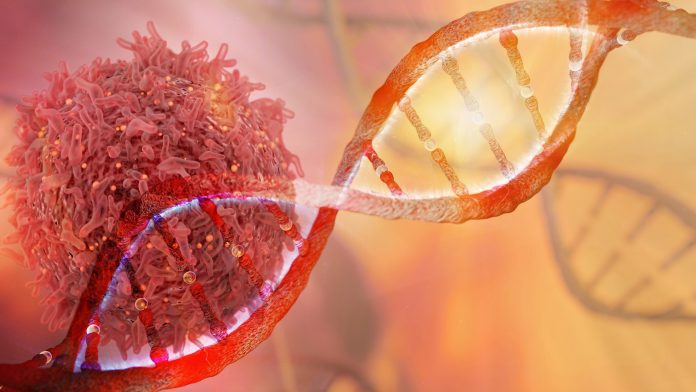
A study has found that whole genome sequencing can give a more accurate diagnosis or reveal new treatment options for children with cancer.
A pilot study has found that analysing the entire genetic code for each child who has been diagnosed with cancer can give a more accurate diagnosis or reveal new treatment options, according to research revealed at the National Cancer Research Institute. The process is known as whole genome sequencing.
Implementing whole genome sequencing for children in England
The study, presented by Dr Patrick Tarpey, lead scientist for solid cancer in the East Genomic Laboratory Hub, based at Cambridge University Hospitals NHS Foundation Trust, UK, showed how whole genome sequencing could be refined to bring maximum benefits to children with cancer. It is currently being rolled out to all childhood cancer patients in England.
“Whole genome sequencing can sometimes unravel unexpected results that may not have been considered via routine investigations. We’ve already learned a lot about using this type of test in our pilot study, both in terms of its benefits for children and in terms of how to optimise the results,” explained Dr Patrick Tarpey, one of the lead scientists in the East Genomic Laboratory Hub at Cambridge University Hospitals NHS Foundation Trust.
Changing the lives of children
As part of the 100,000 Genomes Project, the study involved 36 children treated at Addenbrookes Hospital in Cambridge and consisted of 23 different types of solid tumours. For each child, a sample of their tumour and a sample of their blood was sent to a lab, where the whole genome sequence was analysed. Once this stage was complete, scientists looked for the genetic differences known as variants that may offer greater insight into how cancer developed, the specific cancer type, and which treatment may be most effective.
The scientists found several potentially important variants during this process. In two cases, the information refined children’s diagnosis, and in four cases, it completely changed their diagnosis. In eight cases, it revealed new information about children’s prognoses (the likely course of their disease). In two cases, it showed possible hereditary causes of the cancers, and in seven cases, it revealed treatments that might not have been considered but were likely to be effective for treating the children.
Furthermore, in one child, the scientists found that two genes had become stuck together (known as gene fusion), and this was probably encouraging the tumour to grow. By having this knowledge, doctors were able to offer a different treatment, called a MEK inhibitor which is not typically used to treat this type of cancer.
Dr Patrick Tarpey said: “Our results from this relatively small pilot group of children with cancer show how diagnosis and treatment can be improved. It suggests that offering whole genome sequencing to all children with cancer will provide more accurate information on diagnosis and prognosis, show whether there could be any hereditary cancer risk, and help inform treatment options. As we scale up whole genome sequencing to complement current standard-of-care testing for children with cancer, we need to ensure we optimise all the steps in this process to reduce turnaround times and keep financial costs down.”
The pilot study also showed that some important variants were difficult to spot among all the data produced by whole genome sequencing. This highlighted how their significance could have been missed without the careful analysis and interpretation by an expert panel called the Genomic Tumour Advisory Board.
Dr Julia Chisholm, Chair of the NCRI’s Children’s Group, based at The Royal Marsden NHS Foundation Trust and The Institute of Cancer Research, London, UK, was not involved in this specific research. She added: “Cancer is rare in children and thanks to research and better treatments, survival rates in the UK have doubled since the 1970s. This research shows that it’s feasible and beneficial to analyse the whole genetic code in children diagnosed with cancer. Whole genome sequencing helps us to be more precise in tumour diagnosis and to tailor treatments to suit individual patients as accurately as possible. As this innovation is introduced more widely, we hope that even more children will survive cancer.”







